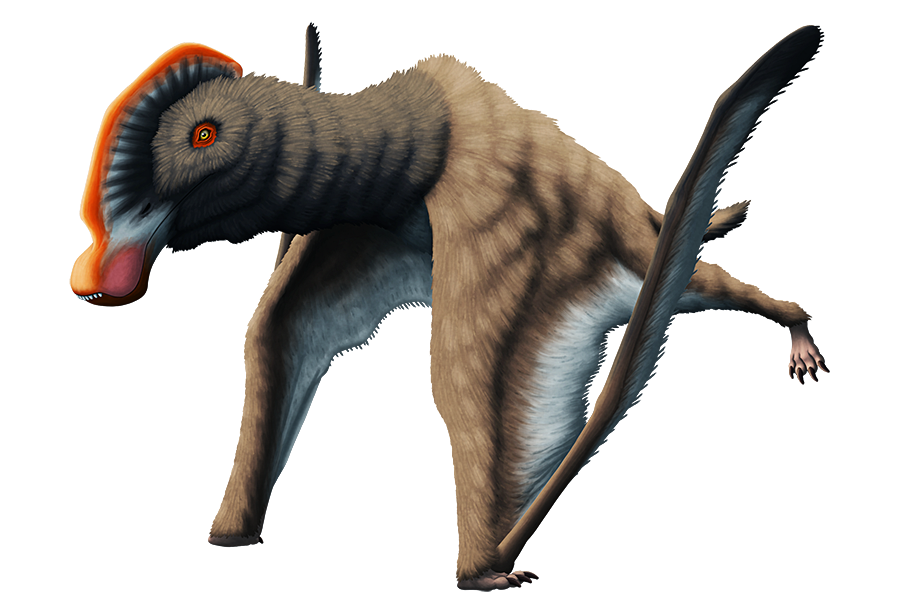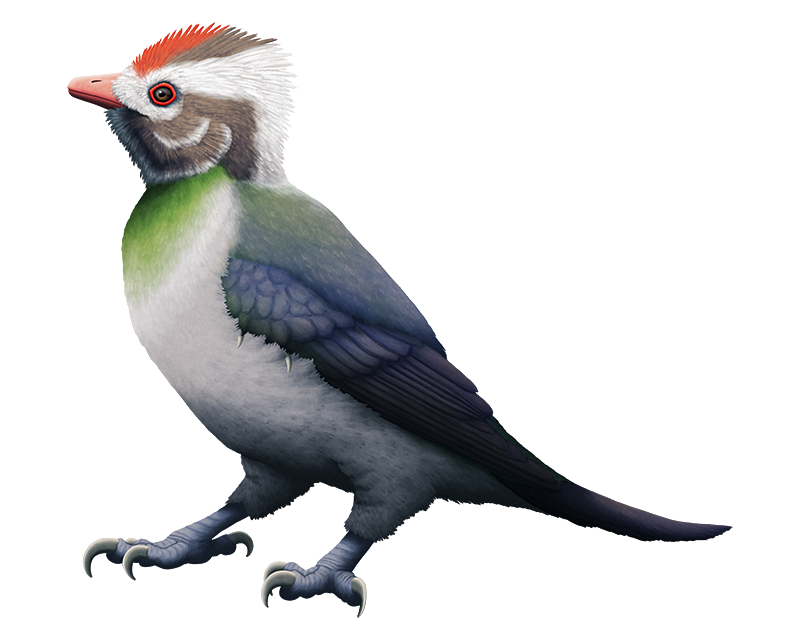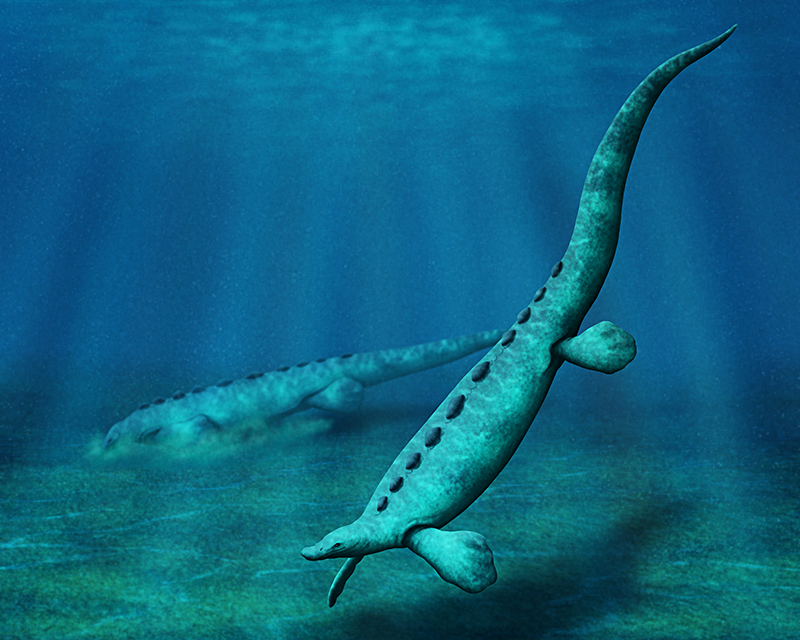Remingtonocetids were an early branch of the whale evolutionary family tree, known from about 49-41 million years ago and splitting off somewhere between the famous “walking whale” Ambulocetus and the more oceanic protocetids. With otter-like bodies, tiny eyes, and long gharial-like snouts, they lived in near-shore shallow marine habitats and probably swam using a combination of their hind feet and tails.
They were initially found only in Pakistan and India, but then Rayanistes afer here was discovered all the way over in Egypt – suggesting that these early whales were much more widespread than previously thought, dispersing through the Tethys Sea at about the same time as their protocetid cousins.
Dating to the Middle Eocene (~45-41 mya), Rayanistes was probably about 2.5m long (8′2”). It had powerful hindlimb musculature that would have given it a very strong kicking swimming stroke, but it probably couldn’t actually support its own weight on land since its femur wasn’t very well anchored into its pelvis.





